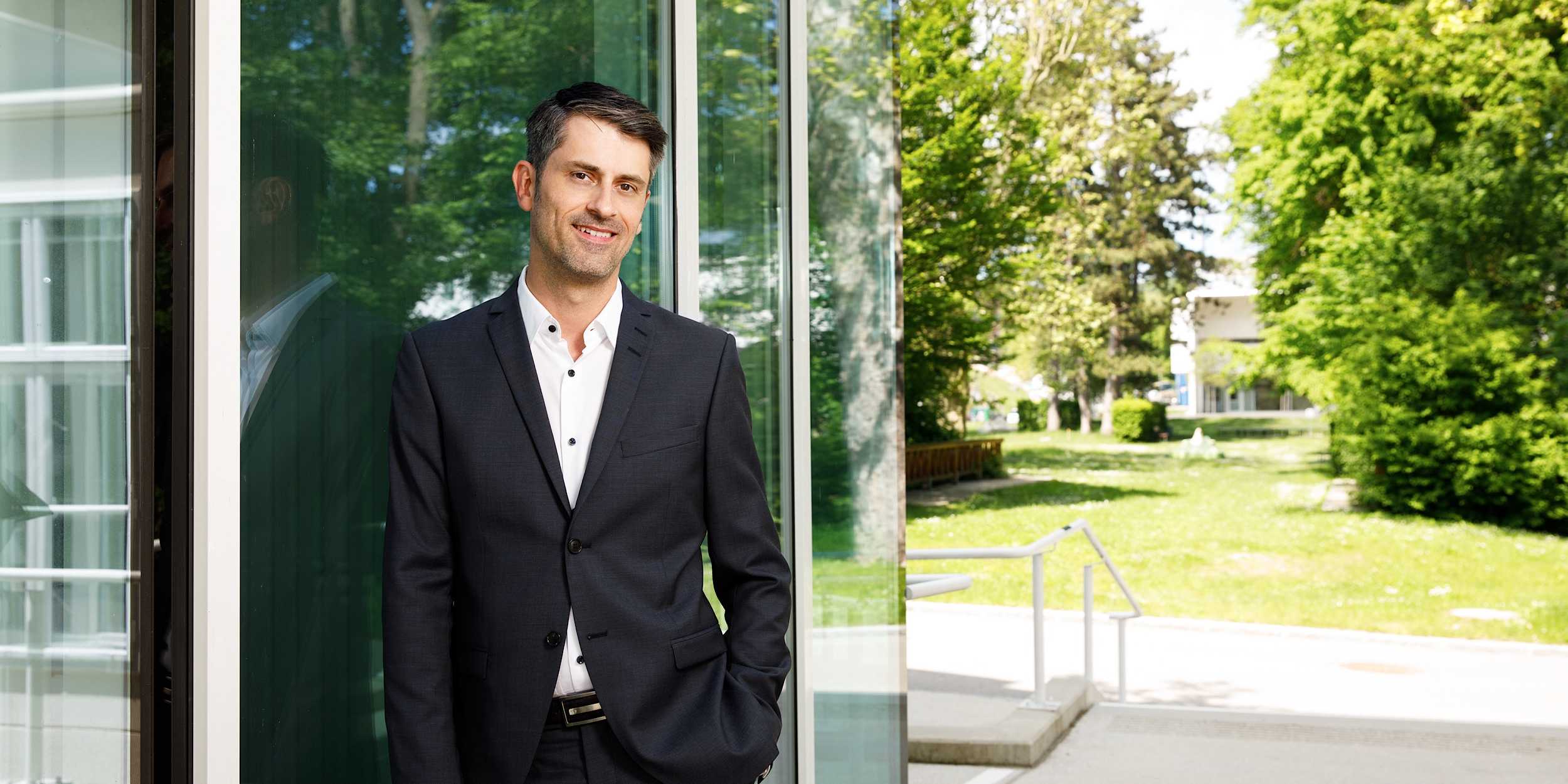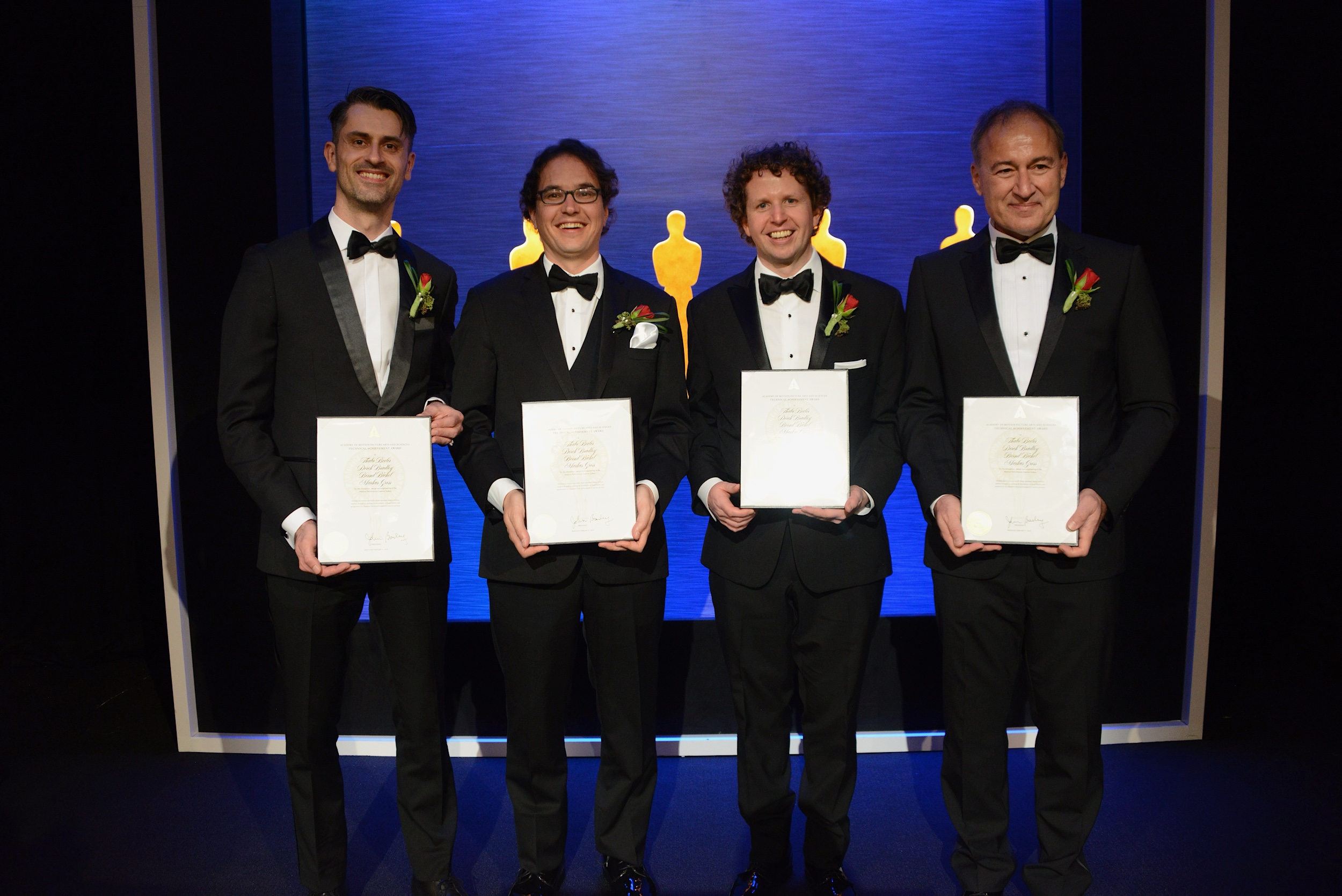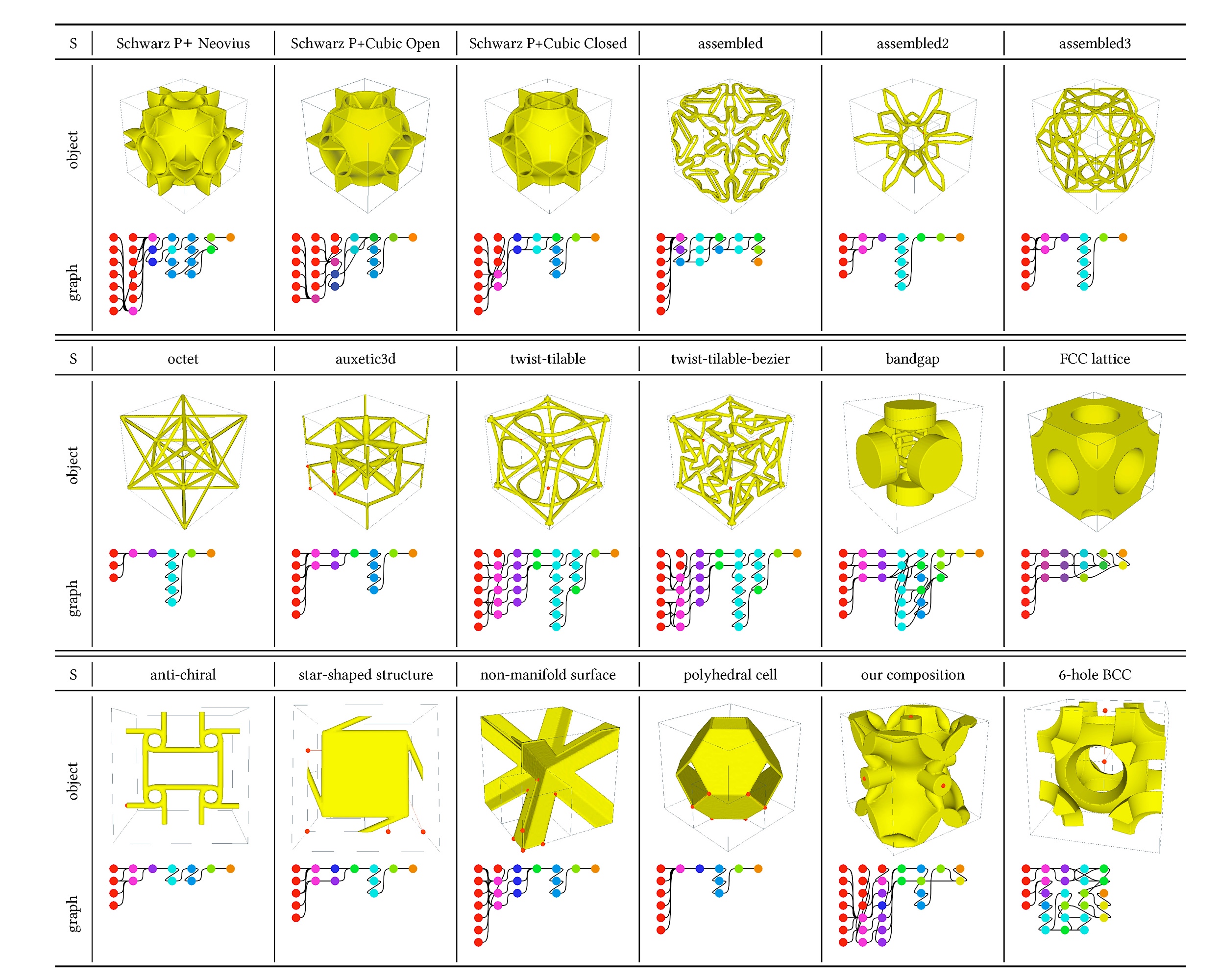“Humans and machines work together to find better solutions”
Bernd Bickel conducts research at the interface between the digital and real world. The ETH professor works with augmented reality, machine learning and interactive design tools. He has been awarded a technical Oscar for his work.

Bernd Bickel sits in a glass-enclosed office that is still labeled with a false name. The professor of computational design recently started at ETH Zurich. But the 42-year-old Austrian knows the university well since he earned his doctorate in computer science at ETH. Since then he has had a steep career that has taken him to Hollywood.
At Disney Research Studios, together with ETH Professor Markus Gross, he developed a facial capturing system called Medusa, which records an actor's facial expressions with pore precision and transfers them to a digital model. The face can be changed on the computer or transferred to another person. Bickel and his team received a technical Oscar in 2019 for the technology, which was already used for films such as “Avengers: Endgame”, “Star Wars” and “Pirates of the Caribbean”.


Before his appointment at ETH, Bickel worked at the Institute of Science and Technology Austria and at Google, where he is still employed part-time as a senior staff research scientist. His specialty is connecting the digital and real worlds. The closer the two move together, the easier it will be to exploit the new technical possibilities - including in construction. “Artificial intelligence and augmented reality are changing how we will work in the future,” says Bickel. His chair is embedded in the Design++ research center, which aims to advance architecture and engineering using digital methods. In order to spread interdisciplinary research as broadly as possible, Bickel's chair is located in two departments at ETH: the one for architecture and the one for civil, environmental and geomatic engineering.
“The computer will not replace people’s creativity. But when people and machines plan together, better solutions can be found.”Bernd Bickel
Bickel is a computer scientist and sees himself as a bridge builder. Digital technologies find their way from research into practice particularly quickly. For a few years now, language models like ChatGPT have been changing how we interact with computers. Bickel is convinced that this will also change planning. Today, many planning softwares require a lot of specialist knowledge. In the future, access could be lower-threshold. “The computer will not replace people’s creativity,” says Bickel. “But when people and machines plan together, better solutions can be found.” Architecture and civil engineering students will find out what this means in concrete terms in the lecture “Scientific Machine and Deep Learning for Design and Construction” from the fall semester of 2024.
Among other things, the professor is working on interactive design tools that give users direct feedback. This makes it easier, for example, to develop so-called meta-materials. These are printed with a 3D printer and, depending on the structure, have different properties such as weight, acoustics or thermal conductivity. Thanks to the software, the complex structures can be designed and changed efficiently on the screen.


Another application is curved, cold-bent glass elements for facades, the calculation of which is particularly complex. Thanks to the software, a planner can find out interactively on the screen where the limits of the material are: As soon as the radii become too narrow, the facade elements appear red. “This allows architects to find aesthetically convincing solutions that also work technically,” says Bickel. Behind the simple operation is a model that uses machine learning to calculate the maximum load in the material in real time. The earlier such information is incorporated into planning, the better, because later changes are expensive.

Sustainable construction can also benefit from extended reality. Bickel is researching applications with ETH Professor Robert Flatt and ETH Professor Caterine de Wolf to digitally check construction processes or components. For example, the computer can point out particularly critical areas to an inspector on a concrete bridge in order to increase the longevity of the structure. Or it makes it easier to examine components that are reused. The more VR glasses and similar tools reach the mass market, the more important they become in planning. “In a few years, a layperson might be walking around his house in need of renovation with VR glasses on and the artificial intelligence will make suggestions for renovation.” Bickel is working to ensure that such visions, which currently sound like Hollywood, could one day become reality.

Design++
Bernd Bickel's chair is embedded in the Design++ research center, which aims to advance architecture and engineering using digital methods. On May 23rd at 17:30, Bickel will give a lecture as part of the Design++ seminar series in which he will examine computational and data-driven methods for design and manufacturing.